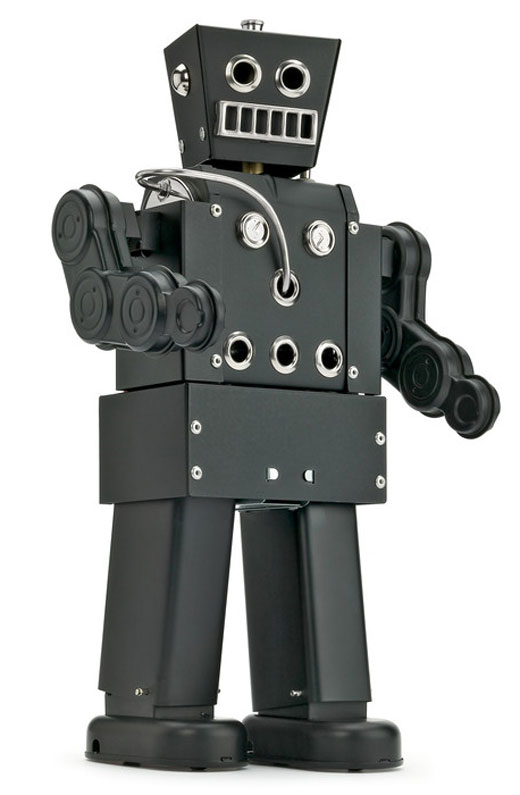Unless you are a robot, you might not have full control over your emotions at all times. However with some practice and by building emotional awareness, we can learn to select the right emotion for each situation.
One way to do this is to pay attention to your emotional state. Notice when you are happy, frustrated, or angry and look at the circumstances which trigger that emotion. A trigger is a person, place or situation which sets your feelings racing. This might be as varied as the smell of a particular perfume, the queue at the car park or walking into the boss’ office. Chances are if those triggers recur, you’ll have a similar rush of emotions.
Once you have your triggers, you can be on the look-out for them and prepare. Perhaps you can seek them out if the emotions are positive – like playing your favorite song. Or avoid them if the emotions are negative – by delegating a particular task. Simply by being conscious of our emotional state as we are triggered, we’re more likely to be able to react appropriately. Repetition of this will ‘reprogram’ the trigger so you aren’t as affected.
Not only do we have the greatest control over our emotions, but we are also responsible for them. For instance, if we’re unhappy about something, that’s no-one’s responsibility but our own. We are the ones to feel that way, we experience the effects, and the main benefit of changing that emotion accrues to us. It’s no-one else’s job to make us happy.
Governing your own emotional state can have a hugely positive impact on your productivity, your team and your family. It may sound weird since so many people are at the mercy of their emotions, but the self-control will help you steer a straighter course. When it comes to separating stimulus from response, we’re not aiming to become emotionless automatons like our friend here, but we’re not victims of our circumstances either.
